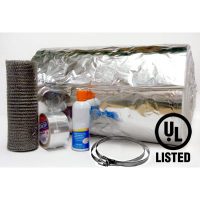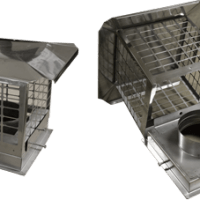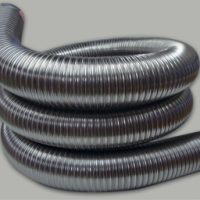It pays to take some time to educate yourself before you run out and buy a used wood stove. You might get lucky and find one in the local paper that is high quality at a great price, but then again, you might not!
One thing to consider is why the seller is selling his wood stove. Maybe it is a cast iron wood stove that has been abused and now has some cracks. Or it could be a wood burning cook stove that has so many leaky seals that you cannot control the fire.
Heating with wood is wonderful, but it also can be dangerous, if done wrong. Many a home has burned to the ground due to a faulty stove, or a neglected one. Even if you buy a good stove you still need to know how to operate it safely.
First, determine what you intend to do with the stove. You might need a tiny one for your camp, or you could need a large pellet stove to heat your domestic hot water and the entire house. These are two entirely different ends of the spectrum and there are many applications in between.
Knowing you need is important as it will help you narrow down the type and style you are interested in. I always liked the old Russian stoves that have a bread oven and can heat the house for a week, but I don’t need one!
If you have a large house, make sure the stove is rated for enough BTU’s. It is very frustrating to have either too large or small a stove. You don’t want to freeze your behind, nor do you want to warm the crows outside!
As much as I like some of the European stoves on the market, it makes sense to get one that also has spare parts available. It’s a bit like buying a car, inevitably you will need some replacement parts. If you live in rural Vermont, like I do, you probably won’t want a Ferrari, if for no other reason than the fact you can’t get anybody to work on it!
A high quality cast iron wood stove, such as a Vermont Castings or Jotul will retain it’s value for many, many years, if properly cared for. Like most things, taking care is not something everybody is born knowing how to do.
How To Buy A Used Wood Stove
by: Randy Hough
Many times you can find great deals in the local paper. People might be upgrading, moving or just plain tired of the work and mess involved with wood heat. Everybody likes to get close to a toasty stove on a cold day, but not everyone is as keen on cleaning up after it.
Make sure you are able to get stove pipe for your new appliance. Some stoves take metric stove pipe and this can be a bit vexing if you only have a local hardware store to shop at.
Take your time, do your homework and you will have a great stove to warm you for many years.






